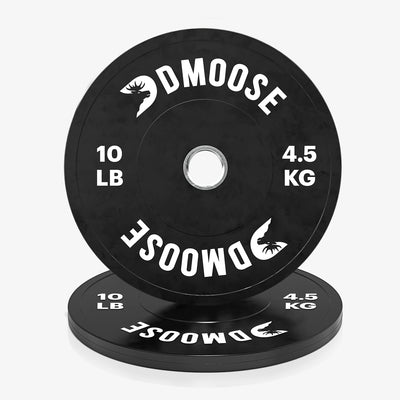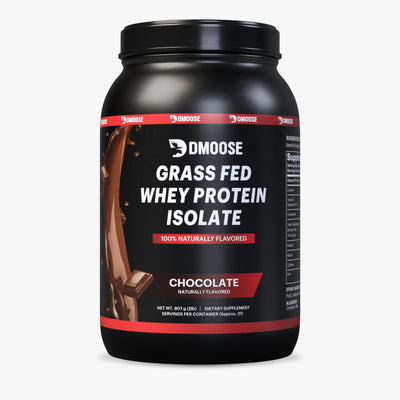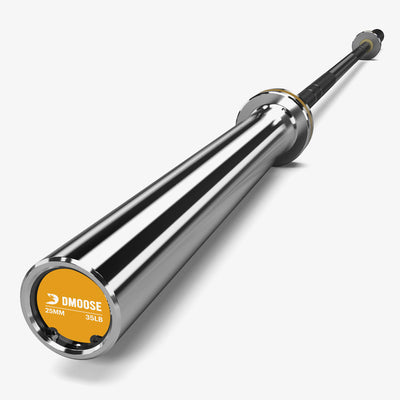Chest growth is not limited by genetics alone; with proper form, targeted exercises, and smart programming, you can fix weak chest development.
Many lifters blame “bad chest genetics” when their chest looks flat, uneven, or lags behind other muscle groups. But in most cases, the real issue comes down to training technique, exercise selection, and overall consistency.
The shape of your chest may be influenced by genetics, but the size, fullness, and definition are all things you can improve.
By understanding how the chest muscles work and making a few key adjustments to your workout plan, you can turn a stubborn chest into one of your strongest features.
In this blog, you’ll learn why bad chest genetics aren’t holding you back and how simple tweaks can finally build the chest you’ve been chasing.
First, Understand Chest Muscle Composition

To fix weak chest growth, you first need to understand how the chest is built. Chest muscles are made up of different muscle fibers, each with unique characteristics that affect strength and size. On average, chest muscles are about 60% Type II fibers and 40% Type I fibers, a ratio that typically only varies by 5–10% from person to person.
Here’s how each fiber type works:
- Type I fibers: Smallest in size, highly resistant to fatigue, but produce the least force. They support endurance but have limited growth potential.
- Type IIa fibers: Medium-sized fibers that balance endurance and force. They can adapt well to strength and hypertrophy training.
- Type IIb fibers: Largest fibers with the highest growth potential. They produce the most force but fatigue quickly, making them the primary target during hypertrophy exercises.
Role of Genetics in Muscle Growth
Understanding the role of genetics is an important step when trying to fix chest genetics. While DNA does shape certain aspects of your physique, it’s not the only factor that determines your muscle growth potential.
Genetics and Muscle Development
Skeletal muscles are strongly influenced by genetics. Research shows that heredity accounts for roughly 30–85% of muscle strength and 50–80% of lean muscle mass. This means your genetic makeup can affect how easily you gain size and strength.
Limitations of Genetics
Genetics may set the pace and potential for muscle development, but they don’t completely determine your results. Even if your body doesn’t respond as quickly as someone else’s, consistent training and proper programming can still deliver impressive chest growth.
Training and Lifestyle Factors
Factors like workout intensity, exercise selection, nutrition, sleep, and overall dedication play a much bigger role in long-term results. Many lifters with “average” genetics have built outstanding physiques simply by sticking to effective training and recovery strategies.
Related Article: Gain Lean Muscles With Workout & Diet.
How to Overcome Bad Chest Genetics as a Bodybuilder?
Many bodybuilders blame poor chest genetics when their progress stalls. Instead of complaining, it is better to identify mistakes, improve training strategies, and focus on what you can control. To break through plateaus and build a stronger chest, you need extra effort, smarter programming, and consistency.
1. Workout Harder and Smarter

Training volume is one of the most important factors in muscle growth. It is the total work you perform, calculated by weight × reps × sets. If you want to overcome weak chest genetics, you must push past comfort and train with enough volume to trigger hypertrophy. Many lifters fail simply because they are not challenging their chest with progressive overload and consistent effort.
To maximize chest gains, track your sets and gradually increase load or reps over time. Consistent progression ensures your pecs receive the stimulus they need to grow.
2. Increase Workout Frequency
Volume is key, but frequency matters just as much. Training your chest once a week often is not enough if you struggle with weak development. Hitting the chest two to three times per week allows you to stimulate the muscle more often while distributing training volume effectively.
Balance is crucial. Pair higher frequency with smart intensity and recovery. Adequate rest between sessions ensures that your muscles repair and grow stronger rather than burn out.
3. Diversify Your Chest Workouts

Lifters often struggle with chest development due to a lack of variety. Many spend years relying only on the flat bench press, which primarily targets the mid-chest. While effective, it leaves the upper and lower chest undertrained, resulting in an uneven appearance.
For balanced growth, train every part of the chest. Add incline presses for the upper chest, dips for the lower chest, and fly variations for full development. Ignoring these areas, especially the upper chest, is one of the most common mistakes in bodybuilding.
4. Focus on the Mind-Muscle Connection
When performing compound lifts like the bench press, genetically weaker pecs can struggle to activate fully. Building a strong mind-muscle connection is critical. This means consciously engaging and feeling your chest contract during each rep instead of letting stronger muscles like shoulders or triceps take over.
Isolation movements such as cable flies and dumbbell crossovers enhance this connection by forcing you to lock in on the chest. Over time, improving the mind-muscle connection ensures you get the most out of every workout and activate more fibers for growth.
5. Use the Right Range of Motion (ROM)
A Limited range of motion can hold back your chest gains. To fully stimulate muscle fibers, you must train the chest through its complete ROM: mid, shortened, and lengthened. Each range engages the pecs differently and contributes to overall development.
For example, the bench press primarily targets the mid-range. Adding the machine pec dec works the fully shortened range, while dumbbell flies stretch the pecs in the fully lengthened range. Combining these movements ensures a more complete chest workout.
Best Chest Exercises to Improve a Weak Chest
If you feel your chest is lagging, these exercises will help you target every part of the pecs. Perform them consistently with progressive overload, and you will notice improved thickness, shape, and definition.
1. Barbell or Dumbbell Bench Press
The bench press is a staple for building chest mass. It primarily works the mid-chest, giving your pecs overall size and density. Using dumbbells allows for a greater range of motion and helps correct muscle imbalances.
2. Incline Bench Press
If your chest looks flat, the problem often lies in an underdeveloped upper chest. The incline bench press targets the upper pecs, adding height and fullness to the chest for a more balanced look.
3. Chest Dips
Dips performed with a slight forward lean target the lower chest. This exercise builds thickness and gives your chest a more complete, well-rounded shape. For added resistance, you can use a dip belt or weighted vest.
4. Dumbbell Flyes
Dumbbell flyes stretch the chest through the lengthened range of motion, improving muscle activation and creating a wider, fuller chest appearance. They also help strengthen the mind-muscle connection, which is key for those with weak chest genetics.
5. Cable Crossovers
Cable crossovers allow you to work the chest through constant tension, especially in the fully shortened range. Adjusting the pulley height lets you target the upper, middle, or lower chest for complete development.
By incorporating these five exercises into your training routine, you can maximize chest growth potential regardless of genetics. Focus on progressive overload, proper form, and balanced training to build a chest that looks powerful and well-defined.
Conclusion
Bad chest genetics may influence the shape of your pecs, but they do not decide your overall chest development. With the right mix of training volume, frequency, exercise variety, and proper form, you can build a chest that looks strong, balanced, and well-defined.
Remember, consistency and smart programming matter far more than blaming your DNA. Focus on progressive overload, target every area of the chest, and commit to improving both your strength and technique. Over time, these efforts will help you overcome weak chest genetics and achieve the physique you have been working for.
Genetics set the starting line, but your training determines the finish line. Put in the work, stay patient, and your chest will grow.














